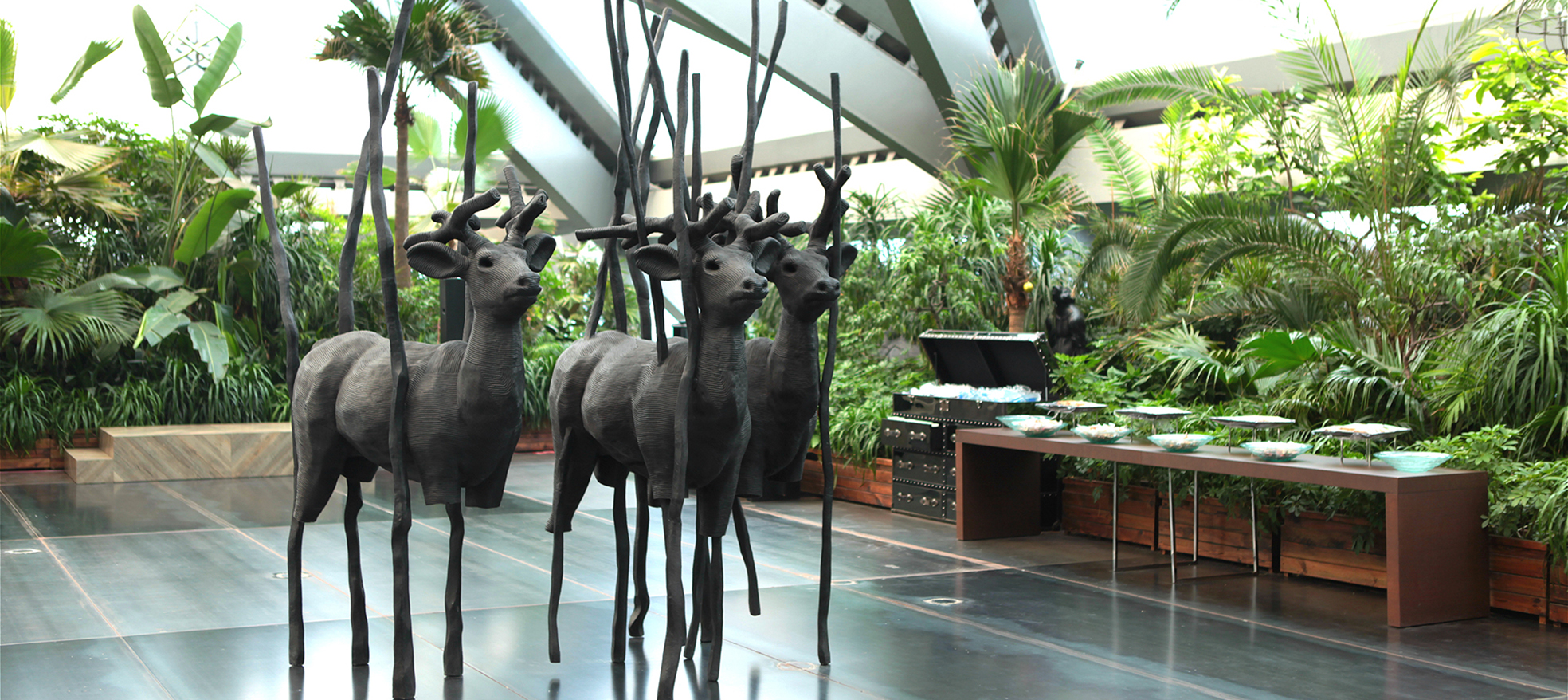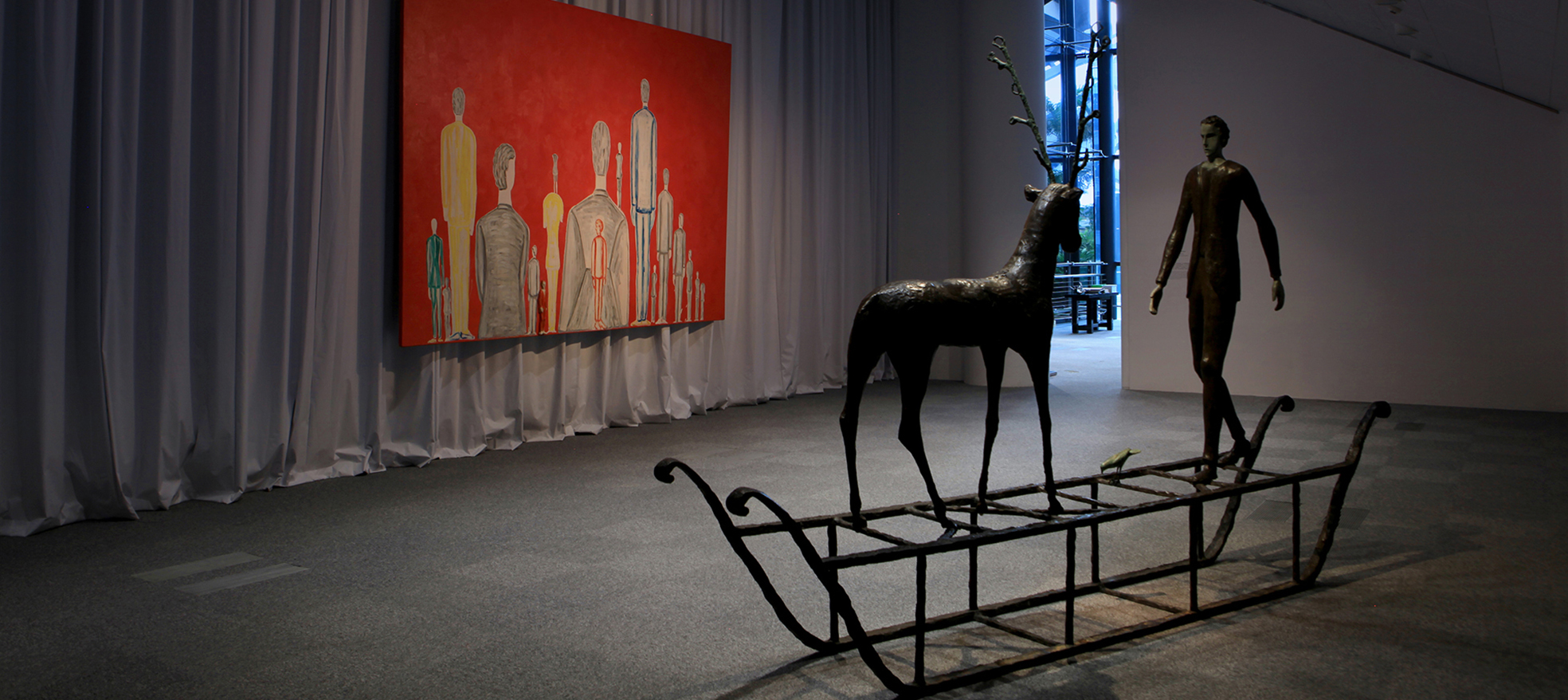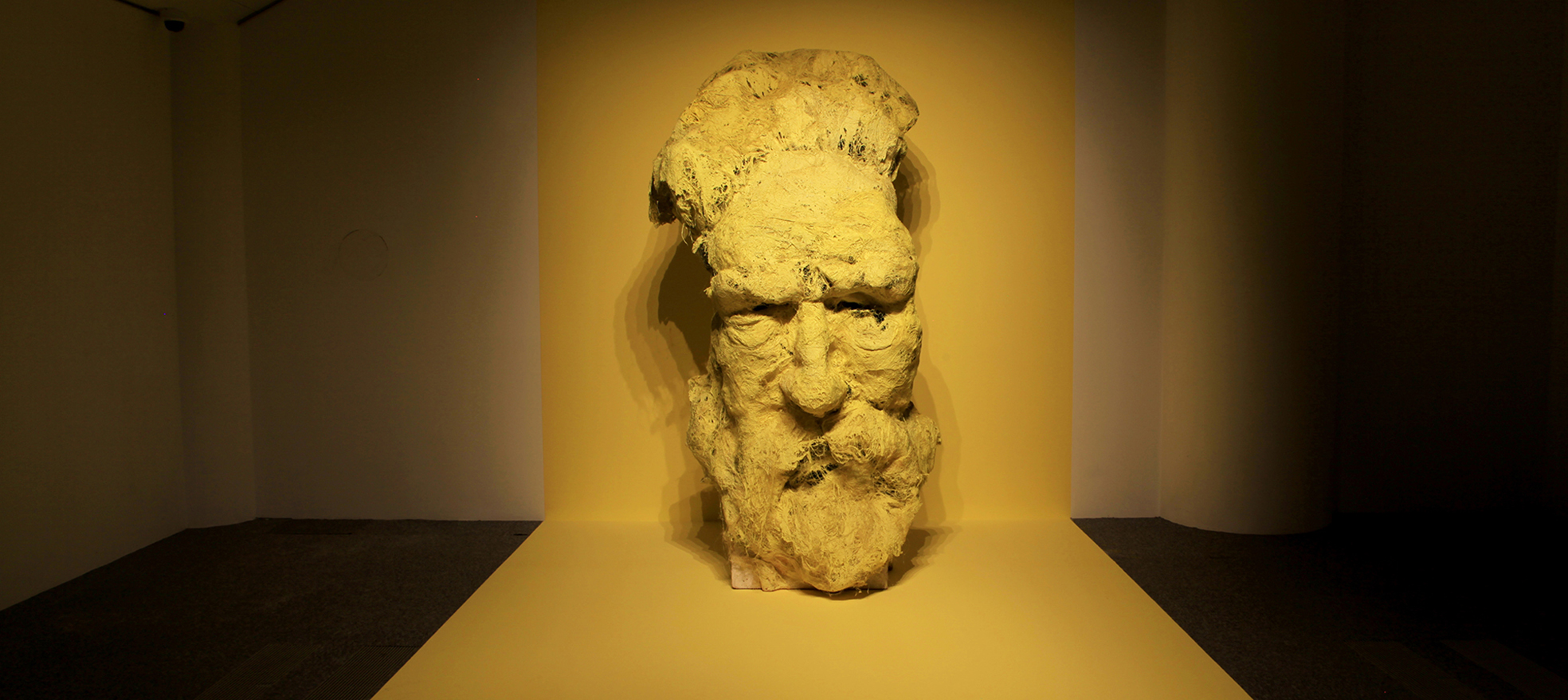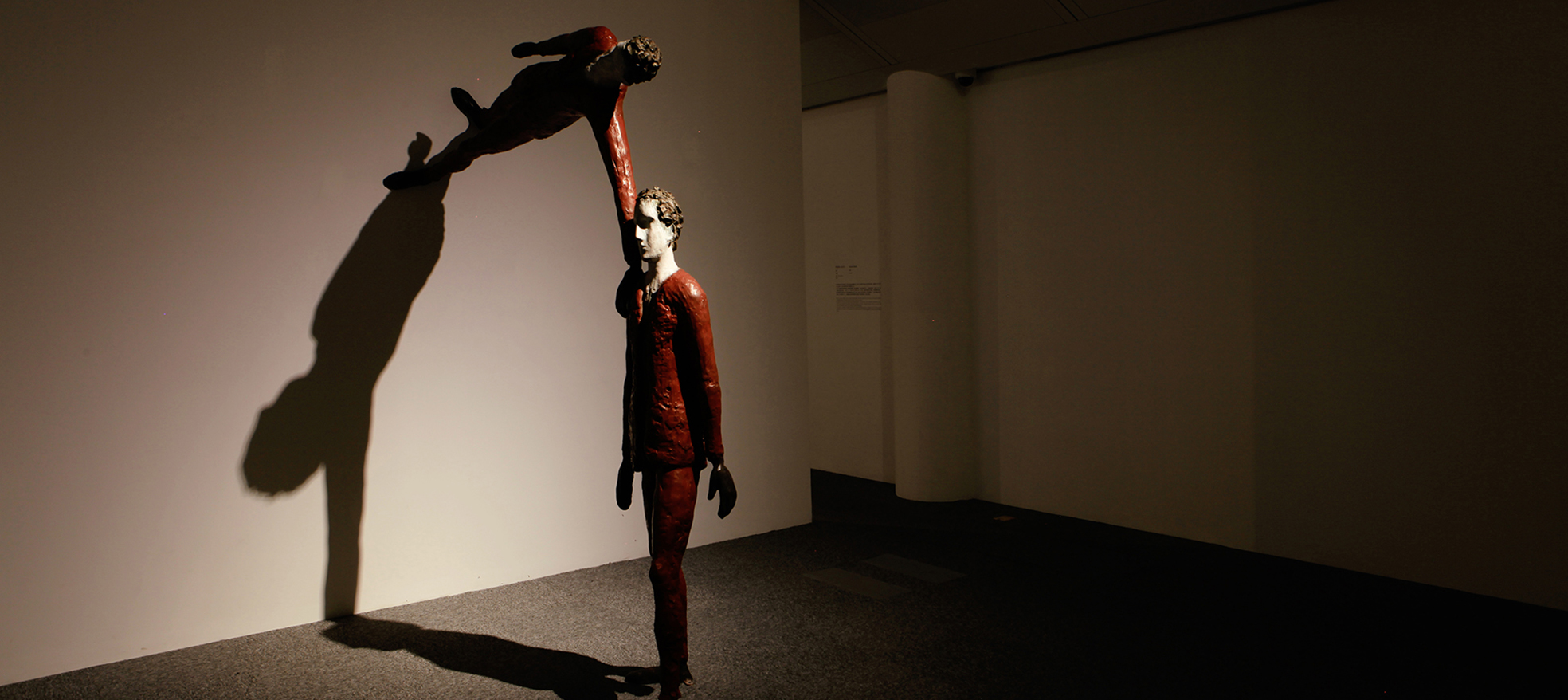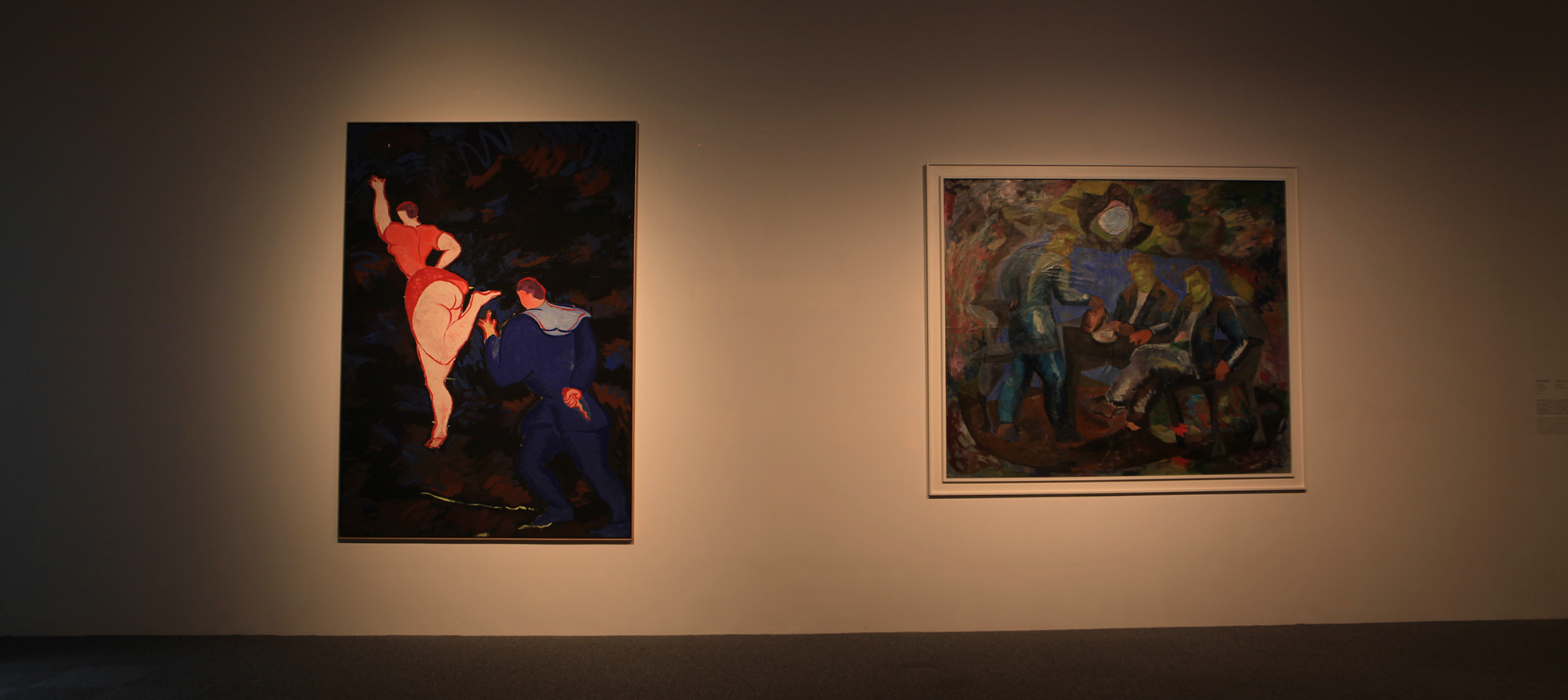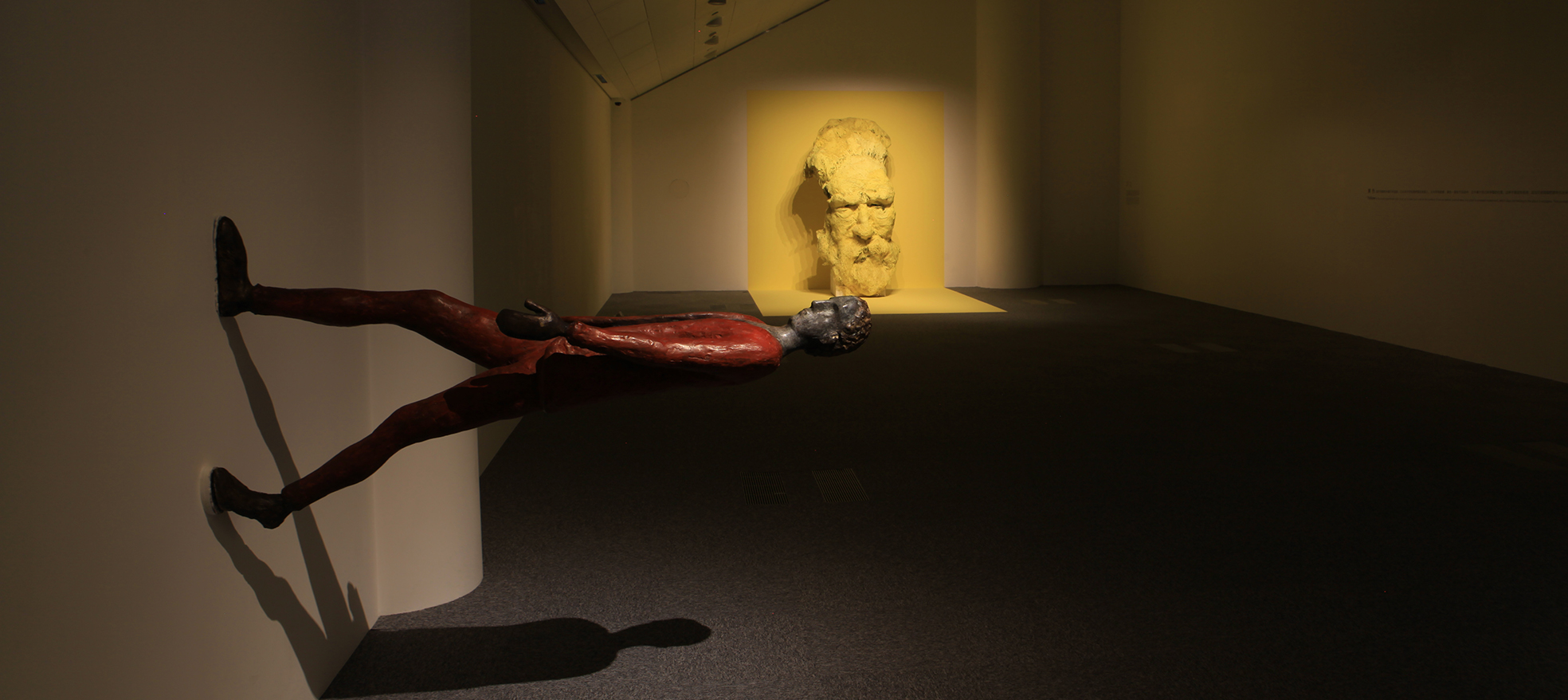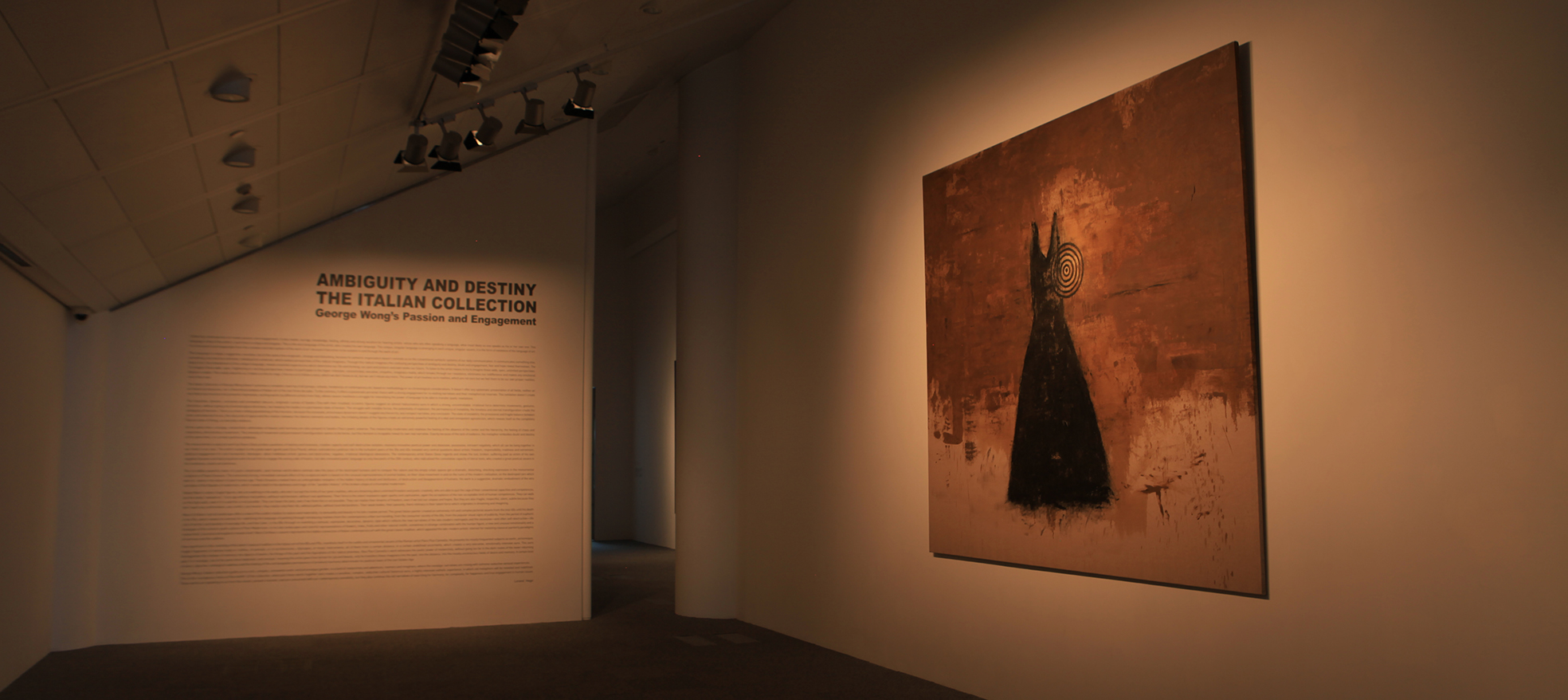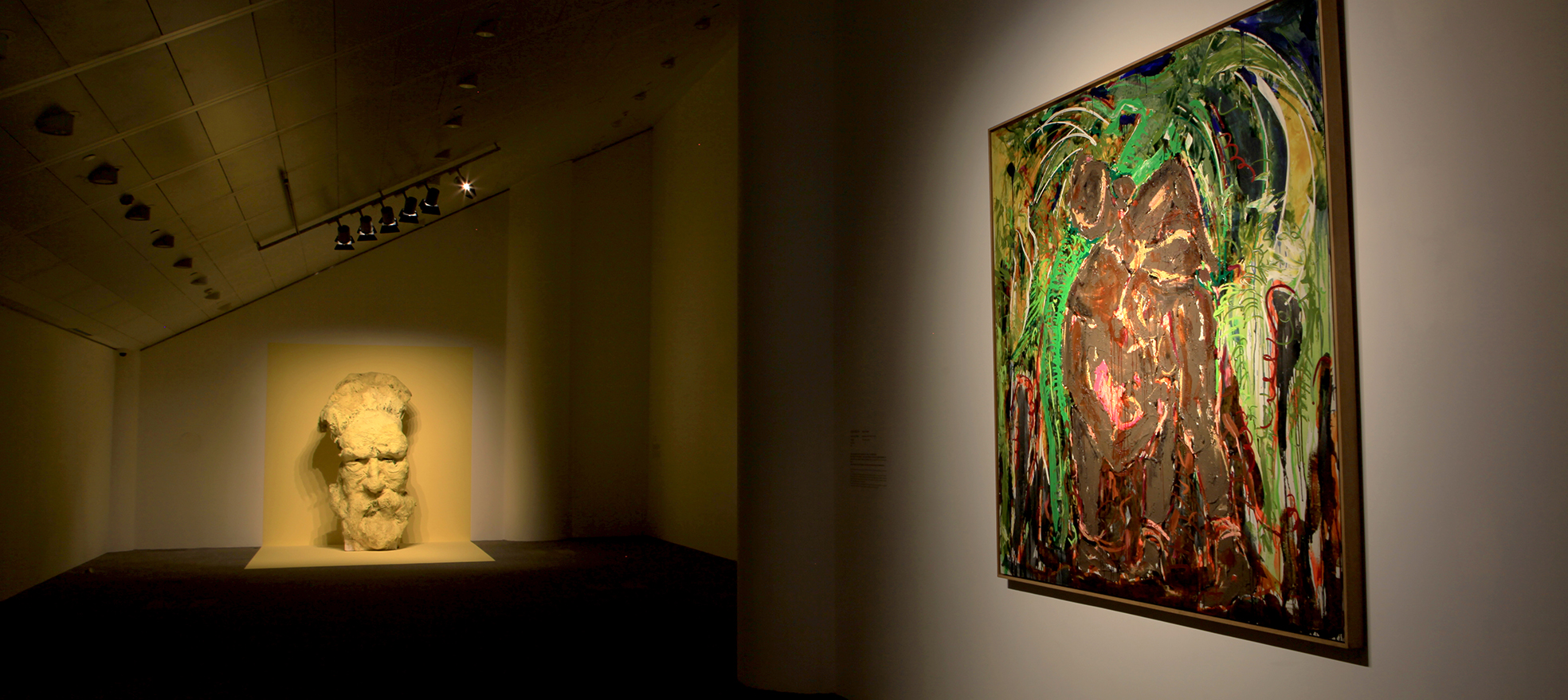Parkview Green Exhibition Hall is honored to announce the exhibition Welcome to Parkview GreenⅡ—Italian Contemporary Art Collection , to be held from 26th September 2014 to 3th May 2015. This will be the very first show of the Parkview Beijing Italian Collection Exhibition. We are very happy to show Italian Master Artists’ artworks of which are Gianni Dessi(1955), Mario Shifano(1934-1998), Paolo Grassino(1967), Pizzi Cannella,(1955) Roberto Barni(1939), Sandro Chia(1946).
As we knew, collecting contemporary art needs passion and engagement. It also needs courage, knowledge, feeling, affinity and strong vocation for hearing artists’ voices who are often speaking a language, what most likely no one speaks as his or her own one. This language is that of the artist’s: each time is unique and singular. This is the very language of the artist, who creates his own language. This unique, singular language is emerging in each unique, singular oeuvre; it is the form of existence of the language of art. It is immanent and inseparable from the complex and vital system of the work of art, because it becomes to be existent in and through the work of art.
This language is unique, suggestive, evocative, but at the same time enigmatic, strange and disturbing, because its syntactic organization doesn’t reminds us on the conventional syntactic systems of our daily communication: it communicates something else, something concrete but unlimited, individual but universal, which evokes perspectives of the radical imaginary. Through this radical imaginary the confusing perspectives of ambiguity and destiny, doubt and engagement, fear and hope reveal themselves. The body of art, the embodiment of this unique language reveals essential experiences which determinate our life and thinking, our past and present and even evoke our future. To listen to the artist means to try to imagine these wide, open, unlimited perspectives. To imagine these wide, open, frightening or exciting perspectives means to participate in the hyper-intensive, concentrated, evocative, empathic, imaginary reality, which breaks through our resistance, eliminates our indifference and makes any emotional distance unable. This reality absorbs us, it takes us into its reign, it forces us to follow a voice, which we don’t know at all, but we can’t refuse any more. The power of art involves us in realities, which are not our ones but we feel them to be our own proper realities, more than ever.
The Italian Collection of George Wong doesn’t promise a complete covering of all groups, schools, tendencies of contemporary art, based on methodology or on chronological considerations. It doesn’t offer any systematic presentation of all fields, neither an art historian discourse, nor a theoretical analysis of Italian art of the last three decades. To the contrary, it offers a passionate personal choice with a strong engagement for revisiting narratives and their metaphorical reserves. This exhibition doesn’t create any historical structure but presents impressive, exciting works by different artists from Italy, whose oeuvre manifests a struggle for intensifying the power of language to be able to transfer poetic revelations.
George Wong’s Italian collection guide us in a rich, complex, somewhat exotic and picturesque garden, in a land of melancholy and adventure, memory and imaginary, where the nostalgic narratives are mixing with extreme seductive sensual experiences.
This is the courageous choice of the master of the collection, what puts these works together and creates a sensitive, complex, seductive cultural historical aura, a highly intensive esthetic experience, in which old metaphors will be revisited and redefined. These works are speaking to us from the recent, present moment, and are concerned with our contemporary sensibility, but they also continue the old narratives of searching for harmony, for complexity, for happiness and true engagement in the human issue.
Parkview Green Exhibition Hall is honored to announce the exhibition Welcome to Parkview GreenⅡ—Italian Contemporary Art Collection , to be held from 26th September 2014 to 3th May 2015. This will be the very first show of the Parkview Beijing Italian Collection Exhibition. We are very happy to show Italian Master Artists’ artworks of which are Gianni Dessi(1955), Mario Shifano(1934-1998), Paolo Grassino(1967), Pizzi Cannella,(1955) Roberto Barni(1939), Sandro Chia(1946).
As we knew, collecting contemporary art needs passion and engagement. It also needs courage, knowledge, feeling, affinity and strong vocation for hearing artists’ voices who are often speaking a language, what most likely no one speaks as his or her own one. This language is that of the artist’s: each time is unique and singular. This is the very language of the artist, who creates his own language. This unique, singular language is emerging in each unique, singular oeuvre; it is the form of existence of the language of art. It is immanent and inseparable from the complex and vital system of the work of art, because it becomes to be existent in and through the work of art.
This language is unique, suggestive, evocative, but at the same time enigmatic, strange and disturbing, because its syntactic organization doesn’t reminds us on the conventional syntactic systems of our daily communication: it communicates something else, something concrete but unlimited, individual but universal, which evokes perspectives of the radical imaginary. Through this radical imaginary the confusing perspectives of ambiguity and destiny, doubt and engagement, fear and hope reveal themselves. The body of art, the embodiment of this unique language reveals essential experiences which determinate our life and thinking, our past and present and even evoke our future. To listen to the artist means to try to imagine these wide, open, unlimited perspectives. To imagine these wide, open, frightening or exciting perspectives means to participate in the hyper-intensive, concentrated, evocative, empathic, imaginary reality, which breaks through our resistance, eliminates our indifference and makes any emotional distance unable. This reality absorbs us, it takes us into its reign, it forces us to follow a voice, which we don’t know at all, but we can’t refuse any more. The power of art involves us in realities, which are not our ones but we feel them to be our own proper realities, more than ever.
The Italian Collection of George Wong doesn’t promise a complete covering of all groups, schools, tendencies of contemporary art, based on methodology or on chronological considerations. It doesn’t offer any systematic presentation of all fields, neither an art historian discourse, nor a theoretical analysis of Italian art of the last three decades. To the contrary, it offers a passionate personal choice with a strong engagement for revisiting narratives and their metaphorical reserves. This exhibition doesn’t create any historical structure but presents impressive, exciting works by different artists from Italy, whose oeuvre manifests a struggle for intensifying the power of language to be able to transfer poetic revelations.
George Wong’s Italian collection guide us in a rich, complex, somewhat exotic and picturesque garden, in a land of melancholy and adventure, memory and imaginary, where the nostalgic narratives are mixing with extreme seductive sensual experiences.
This is the courageous choice of the master of the collection, what puts these works together and creates a sensitive, complex, seductive cultural historical aura, a highly intensive esthetic experience, in which old metaphors will be revisited and redefined. These works are speaking to us from the recent, present moment, and are concerned with our contemporary sensibility, but they also continue the old narratives of searching for harmony, for complexity, for happiness and true engagement in the human issue.

